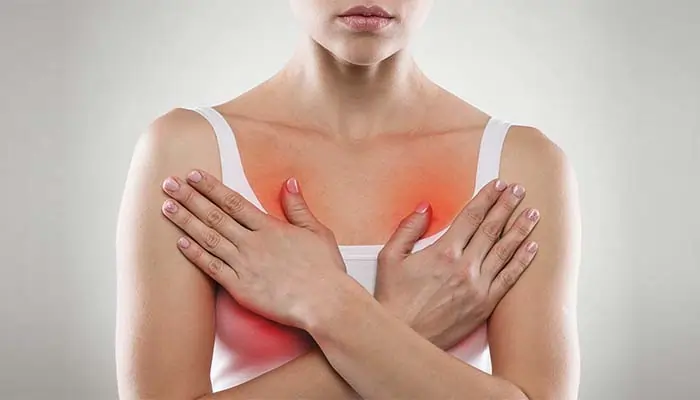Advertisement
Breast cancer is one of the most common cancers affecting women worldwide. According to the World Health Organization, it is the leading cause of cancer-related deaths among women globally. Despite its prevalence, early detection and advances in treatment have significantly improved survival rates. Understanding the risks, recognizing early symptoms, and knowing the strategies for stopping its spread and available treatment options are crucial in the fight against this disease.
In this comprehensive guide, we will explore the risks associated with breast cancer, the importance of early detection, strategies to stop its spread, and the various treatment options available. This information is intended to empower you with knowledge that could save lives, whether you’re seeking to reduce your risk, detect cancer early, or explore treatment options.
Understanding Breast Cancer: What It Is and How It Develops
Breast cancer occurs when cells in the breast tissue grow uncontrollably, forming a tumor. While most breast lumps are benign (non-cancerous), some can be malignant (cancerous) and have the potential to invade surrounding tissues or spread to other parts of the body.
Types of Breast Cancer
Breast cancer can manifest in different forms, depending on where it originates in the breast tissue:
- Ductal Carcinoma In Situ (DCIS): A non-invasive cancer that starts in the milk ducts and has not spread to surrounding tissue.
- Invasive Ductal Carcinoma (IDC): The most common type of breast cancer, starting in the milk ducts and invading nearby tissue.
- Invasive Lobular Carcinoma (ILC): Begins in the milk-producing lobules and can spread to surrounding tissues.
- Triple-Negative Breast Cancer (TNBC): A more aggressive form of cancer that lacks estrogen, progesterone, and HER2 receptors, making it more difficult to treat.
- Inflammatory Breast Cancer (IBC): A rare and aggressive type that causes the breast to appear red, swollen, and inflamed.
- HER2-Positive Breast Cancer: Characterized by the overexpression of the HER2 protein, leading to rapid growth of cancer cells.
How Breast Cancer Spreads
Breast cancer can spread (metastasize) to other parts of the body through the lymphatic system or the bloodstream. Common sites for metastasis include the bones, liver, lungs, and brain. The stage of breast cancer is determined by the size of the tumor, the number of affected lymph nodes, and the presence of metastasis.










